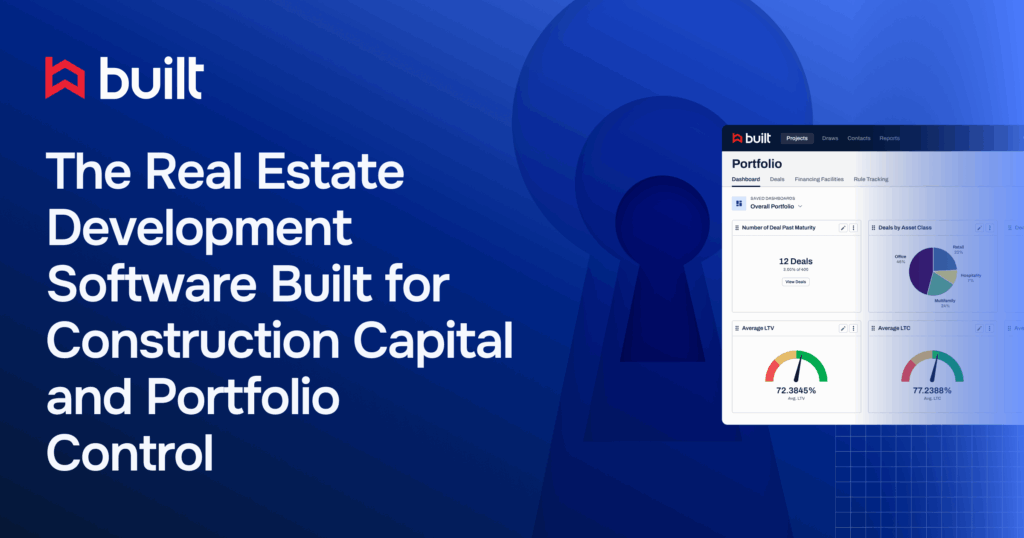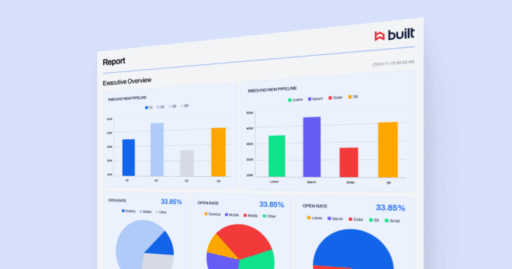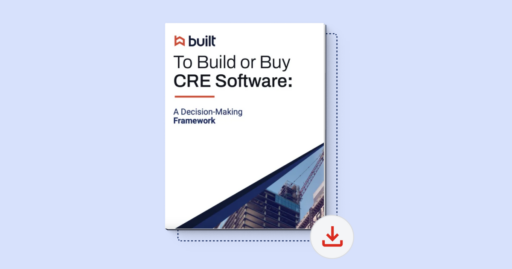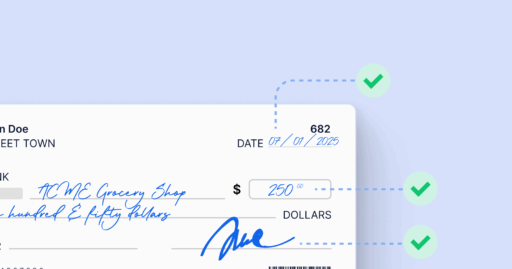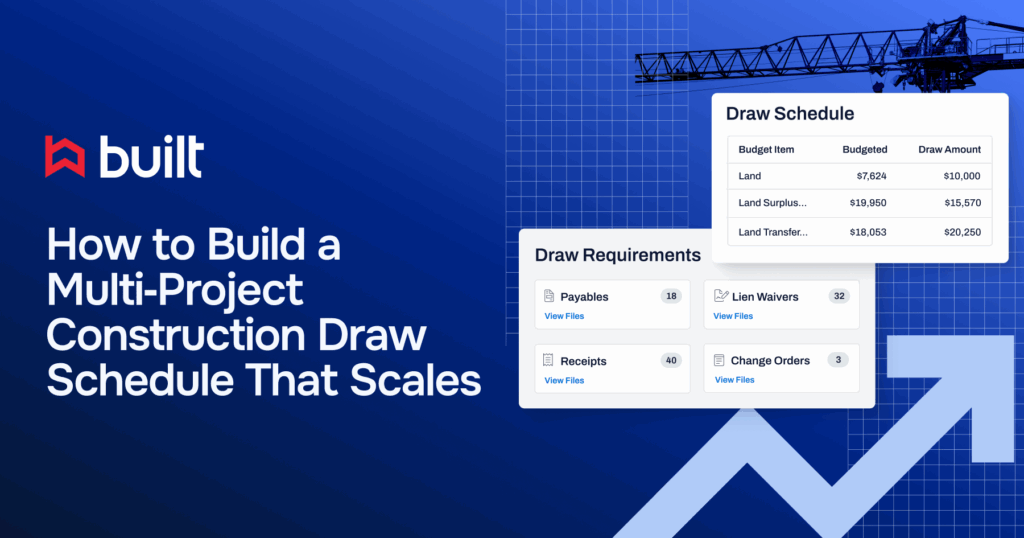
Unlocking the Housing Bottleneck: Why the McCormick–Gallego Bill Is the Kind of Pragmatic Progress America Needs


Housing is broken. We don’t need another round of hand-wringing about affordability—we need solutions that scale. And not just more capital. We need policy, capital, and execution working together in a way that actually gets housing built.
That’s why the Housing Affordability Act (S.1527)—a bipartisan bill introduced by Senators Dave McCormick and Ruben Gallego—is worth paying attention to. It doesn’t grab headlines, but it addresses a critical, structural issue that’s been holding back development for decades.
It’s a fix to something that should have been updated years ago, and it’s the kind of reform that developers, lenders, and builders can actually use—not someday, but now.
The Root Issue: Financing Limits That Don’t Match Reality
The bill targets a very specific—and very outdated—problem: FHA multifamily loan limits that haven’t changed in over 20 years. In that time, construction costs have skyrocketed, land values have surged, and inflation has taken its toll. Yet the loan caps remain tied to 2003-era figures.
That creates a ripple effect. Developers trying to build workforce or affordable housing in 2025 are running headfirst into financing limits that don’t reflect today’s market. Lenders can’t stretch, the math doesn’t work, and otherwise feasible deals stall out.
The Housing Affordability Act proposes a reset. It would bring loan caps back in line with construction economics today—and ensure they stay relevant by tying future adjustments to a construction-specific inflation index rather than a general consumer metric.
This isn’t a new program or a subsidy expansion. It’s a technical update to an important part of the system. Quietly powerful.
What It Changes on the Ground
If you’ve ever tried to help a developer navigate capital markets for a mid-size multifamily project, you’ve likely seen this firsthand. The capital stack gets tight. Equity’s expensive. Timelines are long. And if federal loan programs can’t flex with the market, they become irrelevant—or worse, a bottleneck.
This bill fixes that. It’s not just about bigger numbers. It’s about making sure good projects aren’t lost in the gap between policy and economics.
It opens the door for more deals to get financed, and for more developers—especially those working in affordable, workforce, or mixed-income housing—to make their models work. And because the FHA provides insurance, not direct funding, it creates scale by unlocking private capital.
This isn’t a new program or a subsidy expansion. It’s a technical update to an important part of the system. Quietly powerful.
Where Technology Comes In
At Built, we sit in the middle of all of this. We support the financial and operational workflows behind real estate development. That means we don’t just see the moment a deal gets financed—we see everything that happens after. And we know how easily even well-funded projects can get bogged down by outdated systems, disconnected tools, and manual processes that slow everything from draws to compliance.
When policy changes, there’s a downstream impact—and that’s where execution either succeeds or fails.
This kind of policy update puts the pressure on execution. Lenders need to model new caps, developers need to rework budgets, draw schedules need to be restructured, and capital needs to move faster. Built helps make that possible by connecting every stakeholder and giving them a system that actually works with the pace of real estate today.
Smart Policy, Scalable Impact
Here’s what makes this bill smart: it doesn’t try to change the market. It empowers it.
It aligns a federal program with how the real world works—what things cost, how deals are structured, and where the pain points are. And in doing so, it creates the kind of momentum that scales, not because it forces change, but because it removes friction.
This is the kind of progress that should happen more often. It’s nonpartisan. It’s operational. And it’s aimed at unlocking what’s already there: developers ready to build, lenders ready to finance, and communities ready for housing.
From Policy to Project
For those of us in the field—whether you’re managing job costs, overseeing vendor payments, or closing capital gaps—this kind of update has real implications.
We’ll see more projects getting reactivated. More lenders stepping in. More deals that previously didn’t pencil now moving forward. But only if the systems behind those deals are ready to support the scale.
That’s why this matters for Built. And that’s why it should matter to every developer, GC, lender, and municipal partner trying to deliver housing in a high-cost, high-friction environment.
Closing Thought: Alignment Is the Advantage
This isn’t a silver bullet. But it’s a well-placed lever. And right now, that’s what we need.
The McCormick–Gallego bill is a signal that pragmatic, infrastructure-level policy is still possible. And as that signal turns into law, the question becomes: are we ready to execute?
At Built, we are. And if you’re in this space—whether financing, developing, or building—you should be too.
Let’s turn a policy update into real housing starts. Let’s build what matters.
Mark Murphy leads Owner & General Contractor Sales at Built, where he helps developers and GCs streamline draw workflows, compliance, and capital access across commercial real estate. Learn more at getbuilt.com/demo-request.
Related Posts

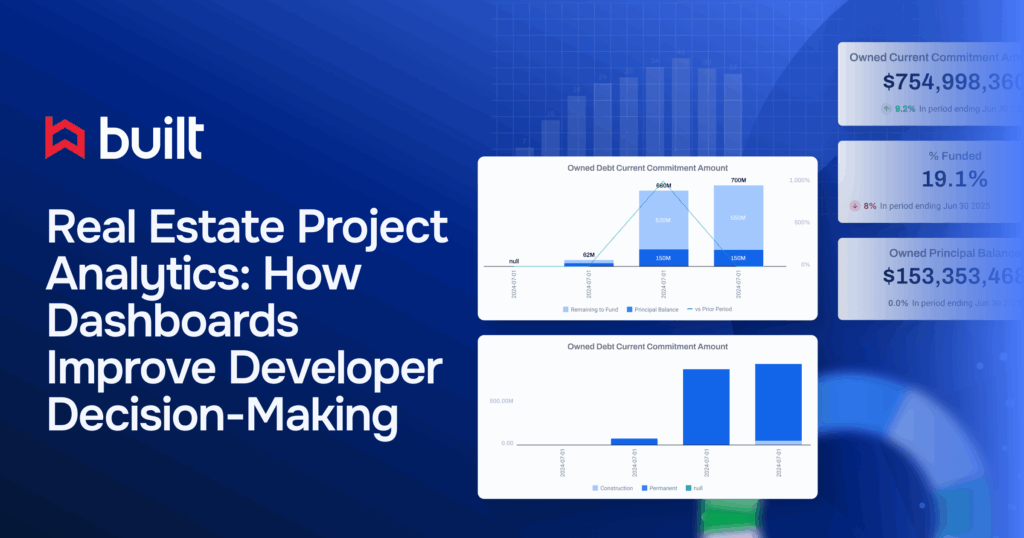
Real Estate Project Analytics: How Dashboards Improve Developer Decision-Making
